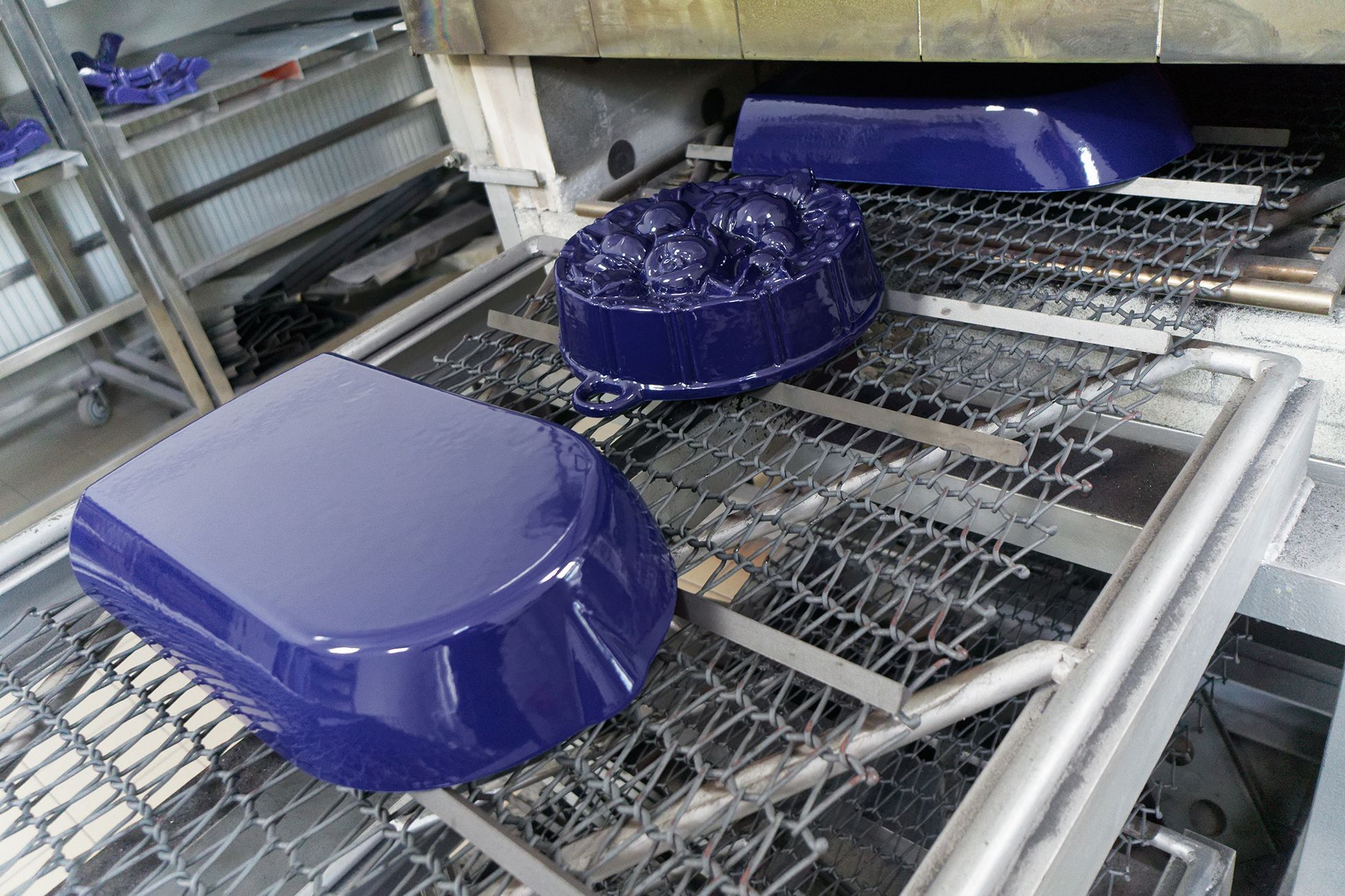BEIJING, June 30 (Xinhua) — Both the orbiter and rover of the Chinese probe Tianwen-1 have completed predefined scientific exploration missions, the China National Space Administration (CNSA) announced Wednesday.
As of Wednesday, the Tianwen-1 orbiter has been operating normally for 706 days, acquiring the medium-resolution image data covering the entire globe of Mars, with all of its science payloads conducting global research, the CNSA reported.
So far, the orbiter has traveled around Mars 1,344 times. For future missions, it will continue to conduct remote sensing research across the globe and expand technology experiments, the CNSA explained.
The Tianwen-1 spacecraft consists of an orbiter, a lander and a rover named Zhurong. On May 15, 2021, it landed at the pre-selected landing area on Utopia Planitia, a vast Martian plain, marking the first time China has landed a probe on the planet.
The rover Zhurong began patrolling Mars on May 22, 2021.
By August 15, 2021, Zhurong had finished the projected 90-day Martian mission and continued to work for further exploration.
Having traveled about 1,921.5 meters on the surface of Mars, Zhurong on May 18 this year switched to sleep mode due to the cold winter and dusty weather on the red planet. It will resume operations around December of this year, when working conditions are improving.
After two years of flight and exploration, the rover and orbiter acquired 1,040 gigabytes of raw science data with their 13 onboard science payloads.
Sent and processed on Earth, the data will be formed into standard scientific data products. They will then be handed over to scientists for further analysis and interpreted monthly. The related results were published in renowned journals in the country and abroad.
This scientific data will be open to scientists around the world. China welcomes foreign scientists to request related research and jointly advance the exploration of the universe, the administration said.
In line with the spirit of openness and sharing, the CNSA will actively promote cooperation with space agencies and scientific communities in all countries, he added.
CNSA shared with NASA and the European Space Agency (ESA) the data from Mars orbiters and cooperated with them in the collision prediction.
Zhurong and ESA’s Mars Express spacecraft performed an in-orbit relay communication test.
CNSA carried out solar occultation and solar wind observation together with observatories in Russia, Germany, Italy, Australia, South Africa and other countries, using Tianwen-1 and Mars Express orbiters.
All these global cooperations have achieved great fruits, enriched humanity’s knowledge and contributed to building a community with a shared future for humanity in the realm of science, said the CNSA.
–

